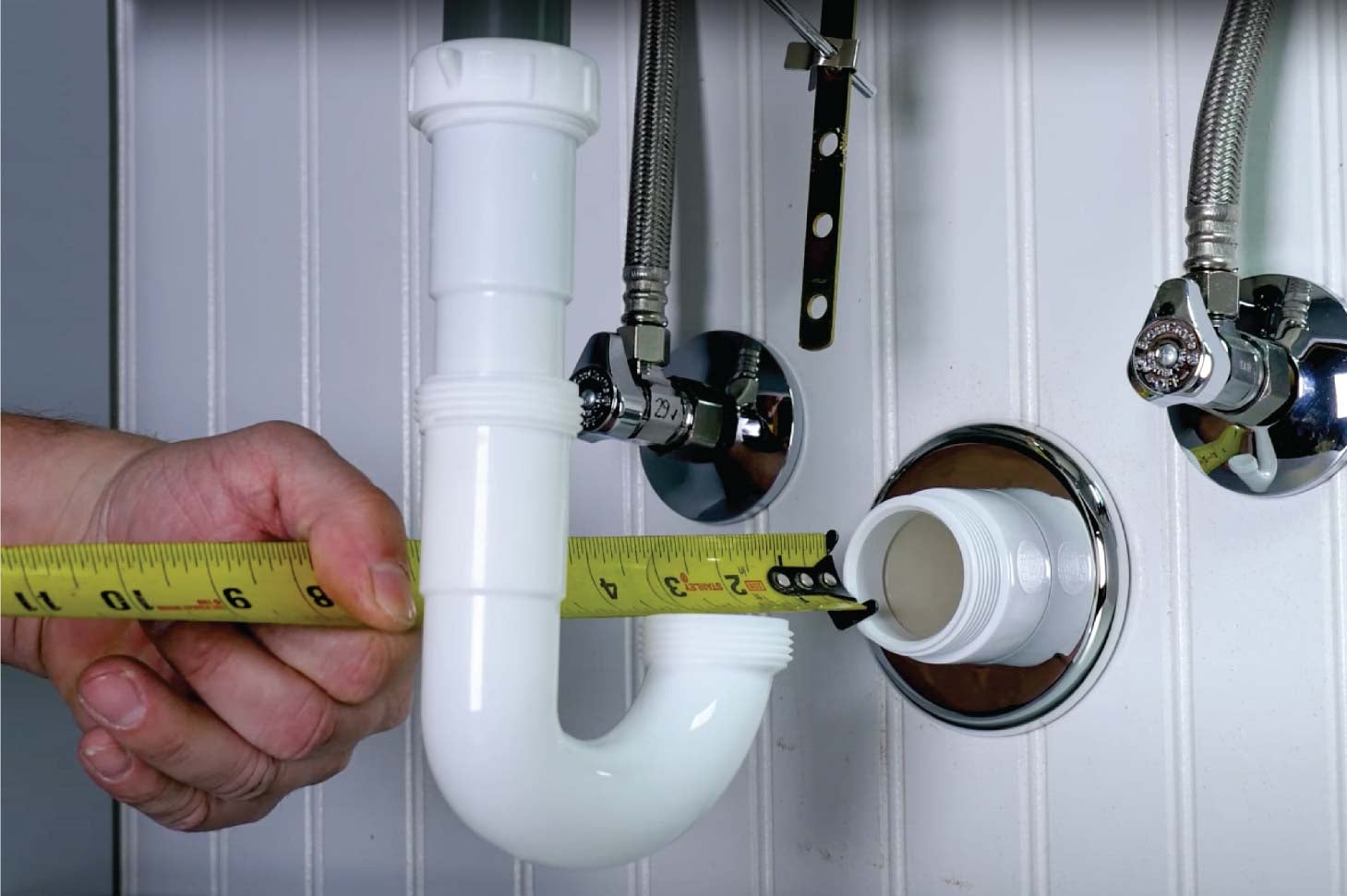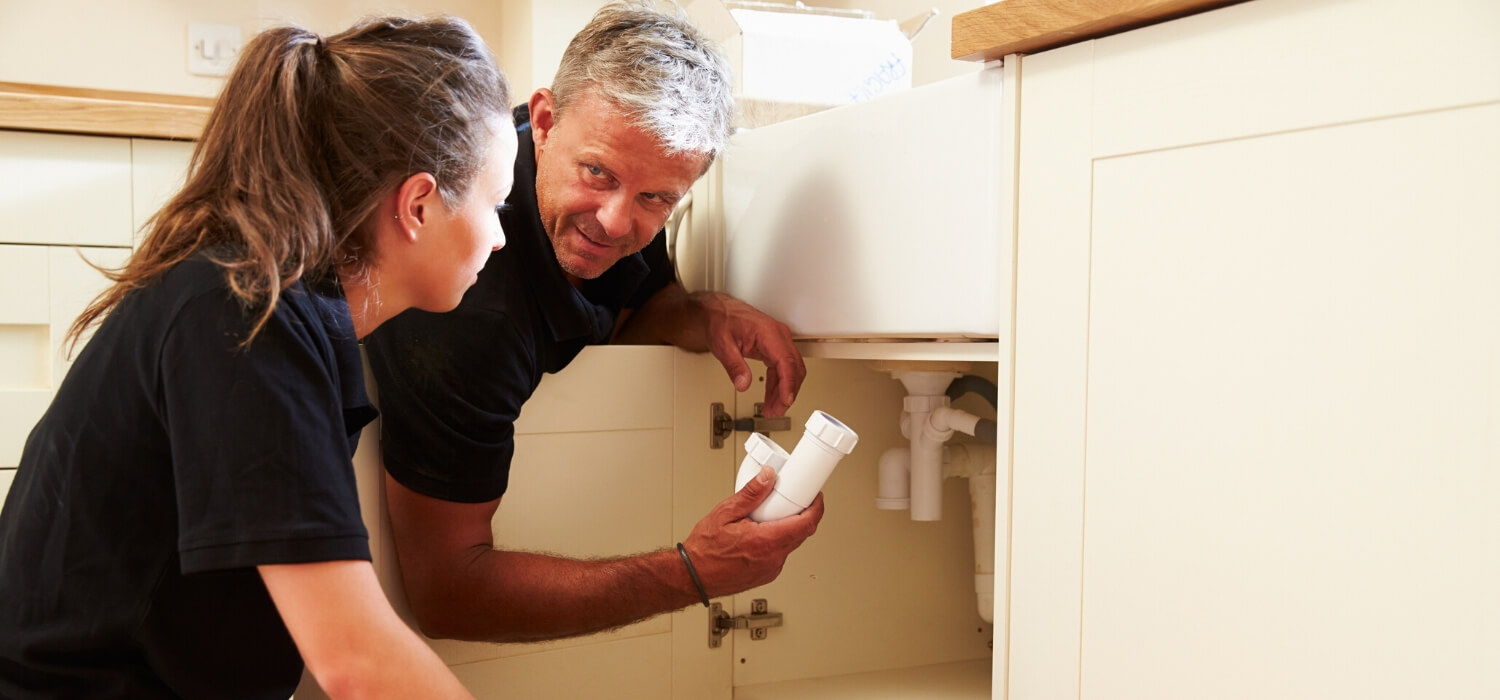An In-Depth Look at Your Property's Plumbing System Anatomy
An In-Depth Look at Your Property's Plumbing System Anatomy
Blog Article
The content down below on the subject of Plumbing Installation 101: All You Need to Know is really interesting. Read it yourself and see what you think of it.

Recognizing just how your home's plumbing system works is crucial for every single property owner. From supplying clean water for alcohol consumption, cooking, and bathing to securely removing wastewater, a properly maintained plumbing system is important for your family members's health and comfort. In this thorough guide, we'll discover the elaborate network that comprises your home's pipes and offer suggestions on maintenance, upgrades, and taking care of typical issues.
Introduction
Your home's plumbing system is more than simply a network of pipes; it's a complex system that guarantees you have accessibility to clean water and effective wastewater removal. Knowing its components and how they collaborate can aid you protect against pricey repairs and ensure everything runs efficiently.
Standard Parts of a Pipes System
Pipes and Tubing
At the heart of your plumbing system are the pipelines and tubes that carry water throughout your home. These can be made of various materials such as copper, PVC, or PEX, each with its benefits in regards to durability and cost-effectiveness.
Components: Sinks, Toilets, Showers, etc.
Components like sinks, toilets, showers, and tubs are where water is made use of in your house. Recognizing just how these components attach to the pipes system assists in identifying issues and planning upgrades.
Valves and Shut-off Factors
Shutoffs regulate the circulation of water in your plumbing system. Shut-off valves are crucial throughout emergency situations or when you require to make repair work, enabling you to isolate parts of the system without disrupting water circulation to the whole home.
Supply Of Water System
Main Water Line
The primary water line connects your home to the local water system or a private well. It's where water enters your home and is distributed to various fixtures.
Water Meter and Stress Regulatory Authority
The water meter procedures your water usage, while a pressure regulatory authority makes sure that water moves at a risk-free pressure throughout your home's pipes system, protecting against damages to pipes and components.
Cold Water vs. Warm water Lines
Comprehending the difference between cold water lines, which provide water directly from the primary, and hot water lines, which bring heated water from the water heater, aids in repairing and planning for upgrades.
Drain System
Drain Piping and Traps
Drain pipelines carry wastewater far from sinks, showers, and bathrooms to the sewer or septic system. Catches stop sewer gases from entering your home and additionally trap particles that might cause clogs.
Air flow Pipes
Air flow pipes allow air right into the drain system, preventing suction that can slow down water drainage and cause catches to empty. Appropriate ventilation is necessary for preserving the honesty of your plumbing system.
Relevance of Proper Drain
Ensuring appropriate water drainage protects against backups and water damages. Routinely cleaning up drains pipes and preserving catches can stop pricey repair work and expand the life of your plumbing system.
Water Heater
Sorts Of Water Heaters
Water heaters can be tankless or conventional tank-style. Tankless heating units warmth water on demand, while storage tanks keep warmed water for immediate use.
Upgrading Your Plumbing System
Factors for Updating
Upgrading to water-efficient fixtures or replacing old pipelines can boost water top quality, reduce water expenses, and boost the worth of your home.
Modern Pipes Technologies and Their Benefits
Explore modern technologies like wise leakage detectors, water-saving toilets, and energy-efficient water heaters that can conserve cash and lower environmental impact.
Cost Considerations and ROI
Compute the upfront prices versus long-term financial savings when taking into consideration pipes upgrades. Several upgrades spend for themselves via lowered utility expenses and fewer repair services.
Just How Water Heaters Attach to the Pipes System
Recognizing just how hot water heater connect to both the cold water supply and hot water distribution lines helps in identifying concerns like not enough warm water or leakages.
Upkeep Tips for Water Heaters
Regularly flushing your water heater to remove debris, examining the temperature level setups, and evaluating for leakages can prolong its life expectancy and boost power performance.
Usual Pipes Problems
Leaks and Their Causes
Leaks can occur due to aging pipelines, loosened installations, or high water stress. Attending to leaks without delay protects against water damages and mold growth.
Clogs and Clogs
Obstructions in drains pipes and bathrooms are usually caused by flushing non-flushable items or a buildup of oil and hair. Making use of drain displays and bearing in mind what decreases your drains can prevent obstructions.
Indications of Plumbing Issues to Watch For
Low water stress, sluggish drains, foul odors, or unusually high water costs are indications of prospective plumbing problems that need to be attended to quickly.
Plumbing Upkeep Tips
Normal Inspections and Checks
Schedule yearly pipes evaluations to capture problems early. Search for indications of leaks, rust, or mineral buildup in taps and showerheads.
DIY Upkeep Tasks
Basic tasks like cleaning tap aerators, looking for toilet leaks utilizing dye tablets, or insulating exposed pipes in cool climates can protect against major pipes issues.
When to Call an Expert Plumbing
Know when a pipes problem calls for expert know-how. Attempting complicated repairs without correct knowledge can cause more damage and higher repair work prices.
Tips for Decreasing Water Use
Simple routines like fixing leakages promptly, taking shorter showers, and running complete loads of laundry and meals can conserve water and lower your energy bills.
Eco-Friendly Pipes Options
Take into consideration sustainable plumbing products like bamboo for floor covering, which is durable and environmentally friendly, or recycled glass for countertops.
Emergency Readiness
Steps to Take Throughout a Plumbing Emergency
Know where your shut-off shutoffs are located and how to switch off the water system in case of a burst pipeline or significant leak.
Relevance of Having Emergency Get In Touches With Convenient
Keep contact info for regional plumbing professionals or emergency services easily offered for fast response during a plumbing crisis.
Environmental Influence and Preservation
Water-Saving Components and Devices
Installing low-flow faucets, showerheads, and toilets can considerably decrease water use without giving up efficiency.
Do It Yourself Emergency Situation Fixes (When Relevant).
Temporary repairs like utilizing air duct tape to spot a dripping pipeline or putting a container under a leaking faucet can reduce damage up until an expert plumbing technician shows up.
Final thought.
Understanding the anatomy of your home's plumbing system encourages you to maintain it effectively, conserving money and time on repair services. By complying with routine maintenance regimens and staying educated about modern pipes technologies, you can ensure your plumbing system runs effectively for many years to come.
HOW YOUR PLUMBING SYSTEM WORKS
Which Pipes Do What?
Blue lines = fresh water supply entering the building Red lines = hot water supply entering the building Grey lines = pipes carrying waste away from the building and venting pipes carrying gases away from the building (through the roof) YOUR MAIN PLUMBING SYSTEMS
There are two main plumbing systems that support your home s basic plumbing needs one that brings clean water into your home, and one that sends dirty water away from your home. Connected to the toilet, bath, shower, and other faucets in your home, these two systems keep your water flowing in the right directions.
ACCESSING FRESH WATER
Fresh and clean water is brought into your home through the main water supply line . Filtered through one pipe, this water is pressured to flow into the various fixtures in your home at any given time.
This water can be sourced from a well located on your property, a pond or river (mostly cottages), or, as in most cases, from the city s municipal water treatment centre. However, it is important to note that water that is untreated, such as the water siphoned from ponds or rivers, may not be safe to drink. Personal water supplies always need to be treated for hardness and contaminants before consumed.
MUNICIPAL WATER SUPPLIES
Improve taste and odour Remove sediment Eliminate hardness Reduce chlorine COLD WATER SUPPLY VS. HOT WATER SUPPLY
Cold water flows into your home or building through the service line, which then distributes hot or cold water to your fixtures. This line is most commonly run through a central column that runs floor to floor. Hot water runs in short and straight pipes as the longer the pipeline, the more heat that will be lost in the transfer. Having shorter pipes also allows residents to access hot water more quickly.
WASTE WATER SYSTEM
Your wastewater system is divided into two parts pipes that send wastewater away from your home and venting pipes that send sewer gas away from your home. Sewage water travels through pipes that flush the water and waste towards local sewers that are operated and managed by your city or town. Most sewer systems rely on gravity to move the wastewater to where it needs to go.
The further away from your toilet or sink, the larger wastewater pipes become. This allows for waste to be disposed of from various parts of your home or business at once without pipe blockages. The angle and flow of these pipes are also essential for keeping your waste pipes clear of build up.
https://harrisplumbing.ca/how-your-home-plumbing-system-works/

We hope you enjoyed reading our part on Understanding Your Home's Plumbing Anatomy. Thanks a lot for taking the time to browse our piece. Enjoyed our write-up? Please share it. Let others discover it. Bless you for being here. Please stop by our blog back soon.
See Availability Report this page